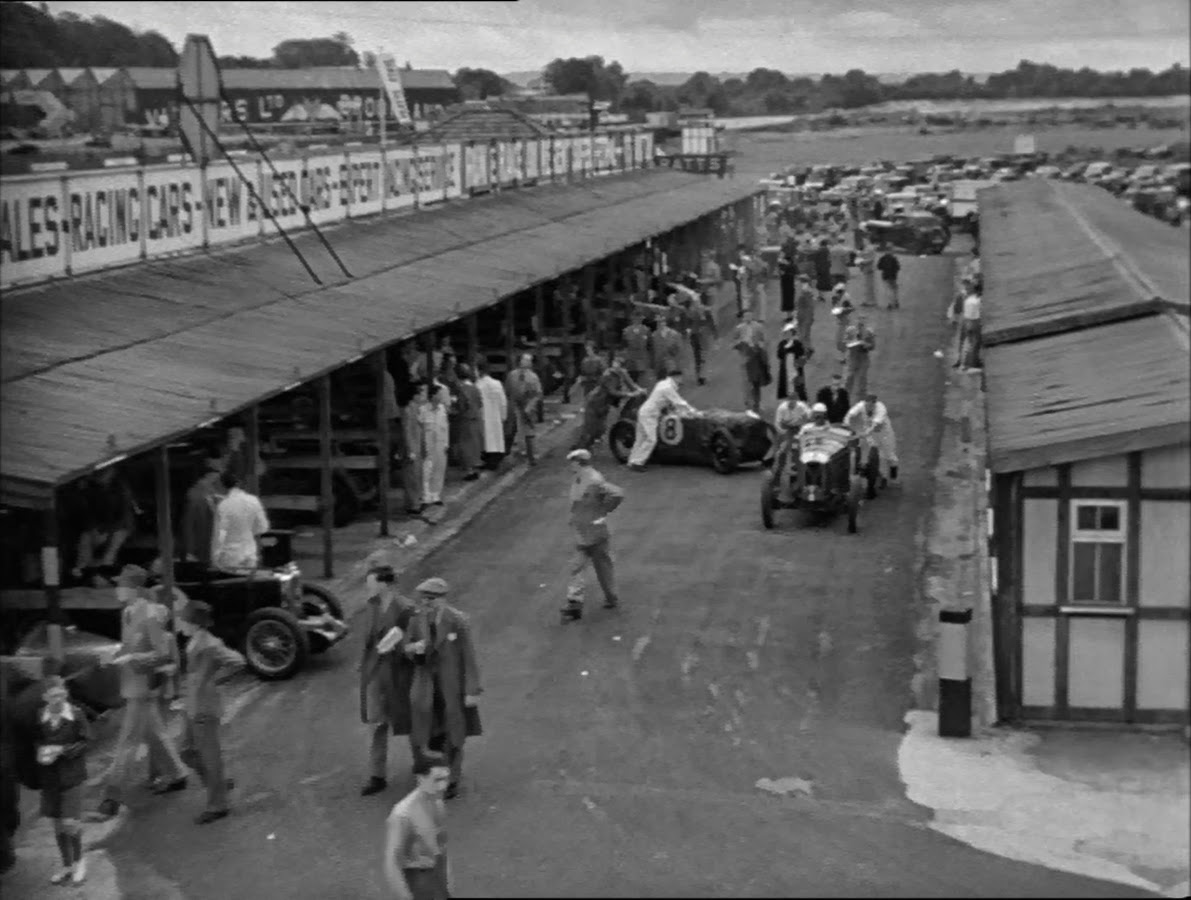








Your Custom Text Here
Brooklands is a very special place. As the birthplace of British motorsport and aviation and the home of many 20th century technologies, it is beyond compare.
The construction of Brooklands Motor Course in 1907 was a wonder of its age. Much of the Track and many of its original buildings and features have survived to this day, some as Listed Buildings or part of a Scheduled Monument.
Constructed at Weybridge, Surrey, by wealthy landowner Hugh Locke King in 1907 as a motor-racing circuit, Brooklands very soon became much more than that. Throughout the following 80 years it was to remain a world-renowned centre of technological and engineering excellence.
The heyday of the racing circuit was undoubtedly the nineteen twenties and thirties, when record times were being set and broken by Malcolm Campbell, John Cobb and others, in such magnificently crafted machines as Napier, Delage, Mercedes, Bentley and Bugatti which were themselves lovingly tended by the finest mechanics in the land. Motorcycles and pedal cycles too had their devotees and many records were established on the Track. Brooklands was then a very fashionable place to be seen and became known as the ‘Ascot of Motorsport’.
It was at Brooklands that A.V. Roe made pioneering powered flight trials with his first full-size aeroplane in 1908; here that Tommy Sopwith developed and flew the Sopwith Pup and Camel; and here too that the Hawker Hurricane and Vickers Wellington were built before and during World War Two. The post-war years were distinguished by the achievements of the Vickers (later BAC and finally British Aerospace) factory which produced a successful family of civil and military aircraft including the Viscount and VC10 airliners and contributed significantly to the design and manufacture of Concorde.
Although the outbreak of war in 1939 saw the end of racing on the legendary Circuit, Brooklands maintained its position as the home of pioneering aviation development until British Aerospace ended aircraft production there in 1987. The Brooklands Museum Trust was formed that same year and continues to preserve the spirit and traditions of this unique heritage location today.
For more information on Brooklands please visit:
www.brooklandsmuseum.com
Brooklands is a very special place. As the birthplace of British motorsport and aviation and the home of many 20th century technologies, it is beyond compare.
The construction of Brooklands Motor Course in 1907 was a wonder of its age. Much of the Track and many of its original buildings and features have survived to this day, some as Listed Buildings or part of a Scheduled Monument.
Constructed at Weybridge, Surrey, by wealthy landowner Hugh Locke King in 1907 as a motor-racing circuit, Brooklands very soon became much more than that. Throughout the following 80 years it was to remain a world-renowned centre of technological and engineering excellence.
The heyday of the racing circuit was undoubtedly the nineteen twenties and thirties, when record times were being set and broken by Malcolm Campbell, John Cobb and others, in such magnificently crafted machines as Napier, Delage, Mercedes, Bentley and Bugatti which were themselves lovingly tended by the finest mechanics in the land. Motorcycles and pedal cycles too had their devotees and many records were established on the Track. Brooklands was then a very fashionable place to be seen and became known as the ‘Ascot of Motorsport’.
It was at Brooklands that A.V. Roe made pioneering powered flight trials with his first full-size aeroplane in 1908; here that Tommy Sopwith developed and flew the Sopwith Pup and Camel; and here too that the Hawker Hurricane and Vickers Wellington were built before and during World War Two. The post-war years were distinguished by the achievements of the Vickers (later BAC and finally British Aerospace) factory which produced a successful family of civil and military aircraft including the Viscount and VC10 airliners and contributed significantly to the design and manufacture of Concorde.
Although the outbreak of war in 1939 saw the end of racing on the legendary Circuit, Brooklands maintained its position as the home of pioneering aviation development until British Aerospace ended aircraft production there in 1987. The Brooklands Museum Trust was formed that same year and continues to preserve the spirit and traditions of this unique heritage location today.
For more information on Brooklands please visit:
www.brooklandsmuseum.com
Car Race At Brooklands (1928)
200 Mile Light Car Race - Brooklands (1923)